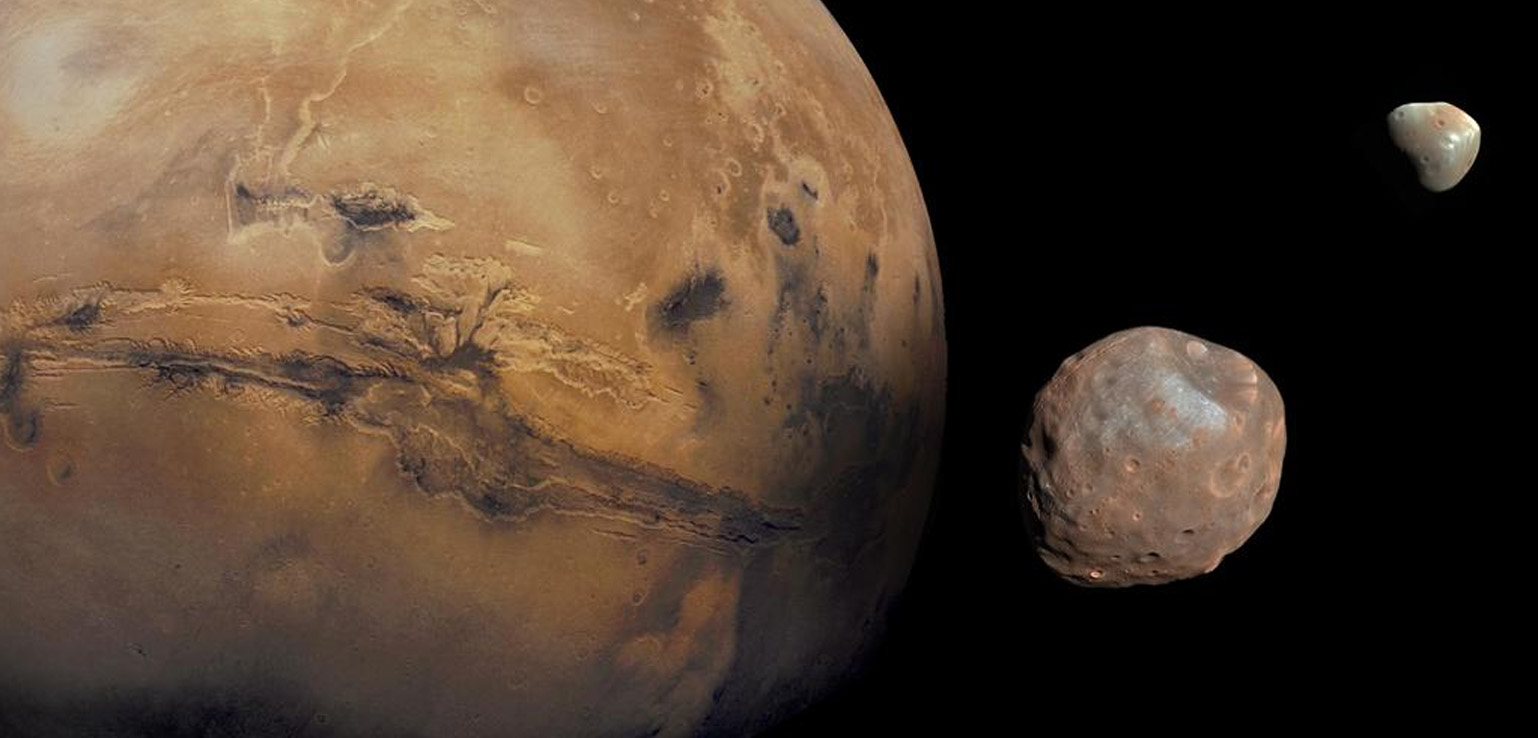“An Integrated Economics Model Of ISRU In Support Of A Mars Colony”
Summary
Human ventures into space are entering a new phase in which missions formerly driven by government agencies are now being replaced by those led by commercial enterprises – in launch, satellite deployment, resupply of the International Space Station and space tourism. In the not-too-distant future, commercial opportunities will also include the mining of asteroids and comets, the Moon, and Mars. This research examines the role of Off-Earth Mining in a growing space economy. In this investigation, the term ‘mining’ is taken to embrace minerals, ice/water, and other in-situ resources. The Off-Earth Mining initiative can be the engine that drives the space economy, so it would be useful to understand what Off-Earth Mining market conditions and technology requirements are needed for that economy to prosper. These specific elements are studied in the wider context of creating an economy that could ultimately support a sustainable Mars colony. The methodology for developing the model focuses on extraction of ice from the Mars surface to produce rocket fuel and water for life support for a possible colony.
The presentation can be seen here.
View Presentation
